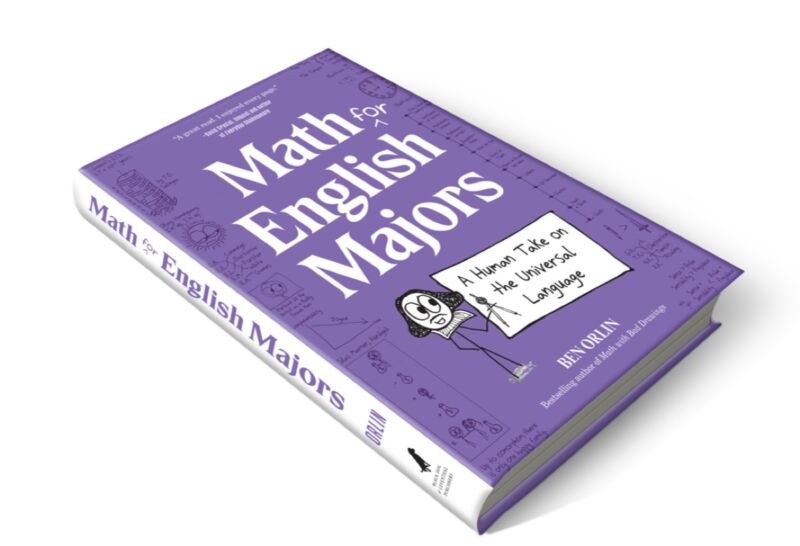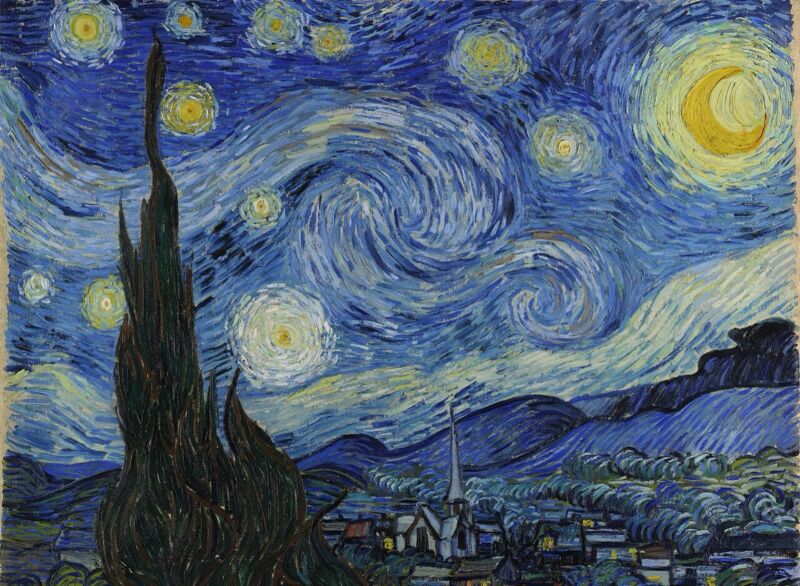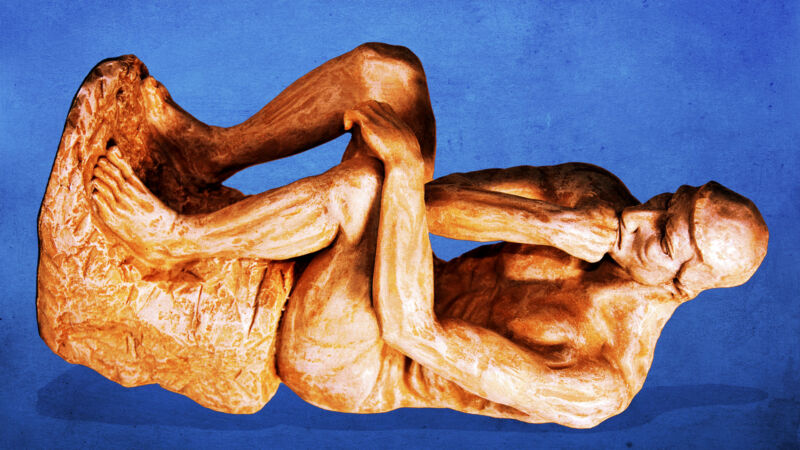A handy guide to the universal language for the mathematically perplexed

Enlarge / Math for English Majors talks about numbers as nouns, verbs as calculations, and algebra as grammar. (credit: Ben Orlin)
Galileo once famously described the universe as a great book "written in mathematical language and its characters are triangles, circles, and other geometrical figures." Unfortunately, it's a language that many people outside of math and science simply do not speak, largely because they are flummoxed and/or intimidated by the sheer density of all that strange symbolic notation.
Math teacher extraordinaire Ben Orlin is here to help with his latest book: Math for English Majors: A Human Take on the Universal Language. And just like Orlin's previous outings, it's filled with the author's trademark bad drawings. Bonus: Orlin created a fun personality quiz, which you can take here to find out your mathematical style.
Orlin's first book, Math with Bad Drawings, after his blog of the same name, was published in 2018. It included such highlights as placing a discussion of the correlation coefficient and "Anscombe's Quartet" into the world of Harry Potter and arguing that building the Death Star in the shape of a sphere may not have been the Galactic Empire's wisest move. We declared it "a great, entertaining read for neophytes and math fans alike, because Orlin excels at finding novel ways to connect the math to real-world problems—or in the case of the Death Star, to problems in fictional worlds."



